Subfamily Herpestinae Rank Species | Phylum Chordata Family Herpestidae Higher classification Herpestes | |
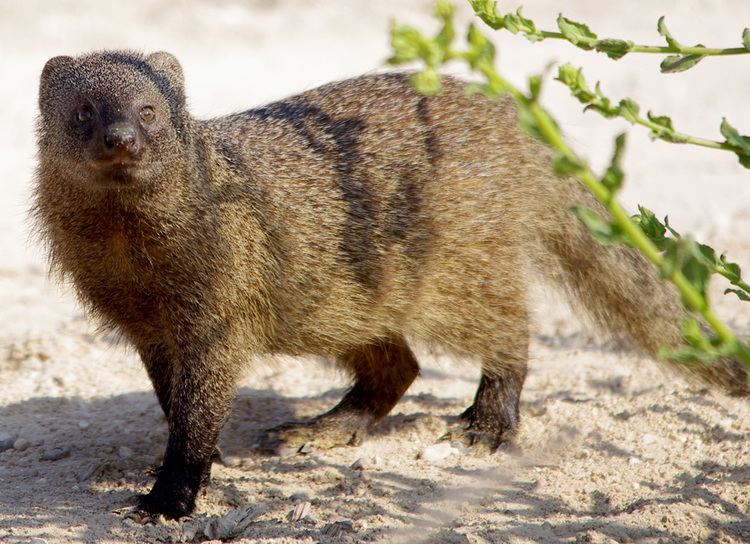 | ||
Similar Mongoose, Herpestes, Common genet, Mammal, Indian grey mongoose | ||
The Egyptian mongoose (Herpestes ichneumon), also known as the ichneumon, is a species of mongoose. It may be a reservoir host for visceral leishmaniasis in Sudan.
Contents
- Ichneumon egyptian mongoose
- Range and habitat
- Description
- Behaviour
- Conservation
- In ancient Egyptian culture and art
- References
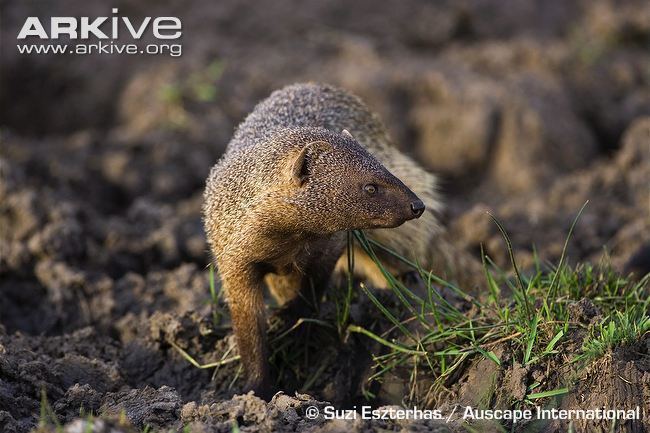
Ichneumon egyptian mongoose
Range and habitat
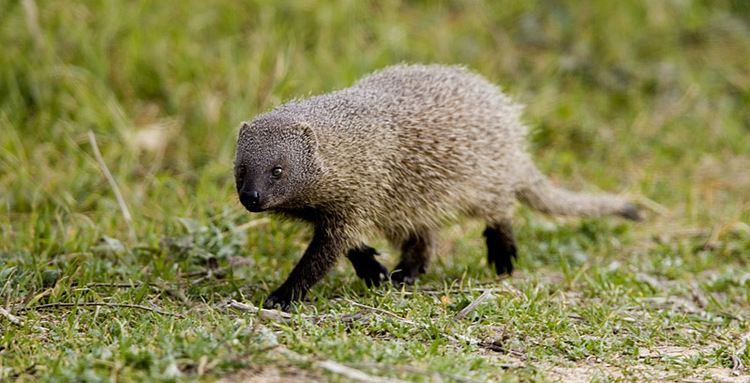
This mongoose can be found in Egypt, Spain, Portugal, Palestine, and most of sub-Saharan Africa, except for central Democratic Republic of the Congo, western South Africa, and Namibia.

In Europe, it occurs mostly in the Iberian Peninsula, where it would have been introduced during the Arab occupation (which lasted, in whole, from 711 AD through 1492 AD, though more markedly in certain southern areas). The Moors may have imported this mongoose, and probably also the genet (Genetta genetta), to hunt rats. Some individuals, escaping captivity, would have become feral. It is known as "meloncillo" in Spanish and "sacarrabos" ("tail robber") in Portuguese.
It prefers to live in forests, savanna, or scrub, but never far from water.
Description
The Egyptian mongoose has a body 48–60 cm long, and a 33–54 cm tail. It weighs 1.7–4 kg.
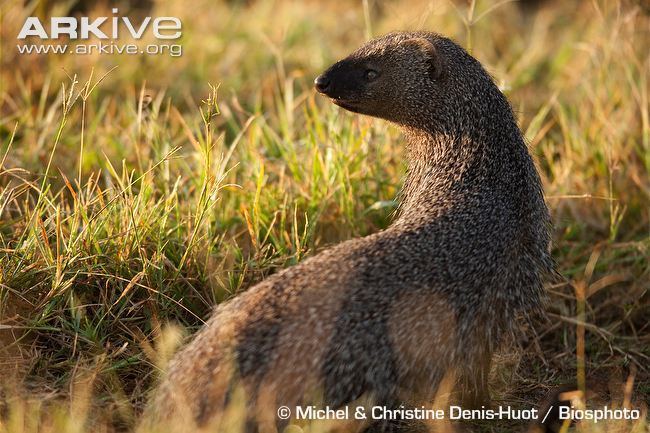
The Egyptian mongoose has a slender body, with a pointed snout and small ears. It has 35–40 teeth, with highly developed carnassials, used for shearing meat. Its long, coarse fur ranges in colour from grey to reddish brown and is ticked with brown or yellow flecks. Their tails have black tips. The hind feet and a small area around the eyes are furless.
Behaviour

Males and females become sexually mature at two years of age. Mating occurs in July or August, and after a gestation period of 11 weeks, the female gives birth to 2–4 young. Egyptian mongooses are blind and hairless when born, but open their eyes after about a week.
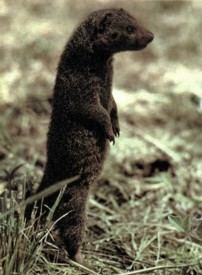
The Egyptian mongoose is diurnal. It is often solitary, but can live in pairs or in groups of 3–7 animals, usually consisting of a male, several females, and their young. Offspring are usually cared for up to 1 year, occasionally longer, though they are capable of foraging for themselves after 4 months, and are forced to compete for food brought back them after that age.
Most wild mongooses live for 12 years. The longest lived captive mongoose was over 20 years old.
Its diet consists mainly of meat, including rodents, fish, birds, reptiles, amphibians, and insects. Fruit and eggs are also popular food items; to crack it open, the latter is characteristically thrown between the legs against a rock or wall. Like other mongooses, the Egyptian mongoose will attack and eat venomous snakes. They have shown a high level of resistance to three species of venomous snake Vipera palaestinae, Walterinnesia aegyptia & Naja nigricollis.
In some rural areas of Egypt, such as upper Egypt, it is bred as a household pet.
Conservation
The Egyptian mongoose is extremely numerous. While its numbers threaten other species, it is not at risk of extinction.
In ancient Egyptian culture and art
In Egyptian mythology, Ra would metamorphose into a giant ichneumon ("over 24 metres") to fight the evil god-snake Apopis. Ichneumon worship has been attested in several cities: Heliopolis, Buto, Sais, Athribis, Bubastis, Herakleopolis Magna, etc. Numerous ichneumon mummies have been found.
